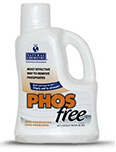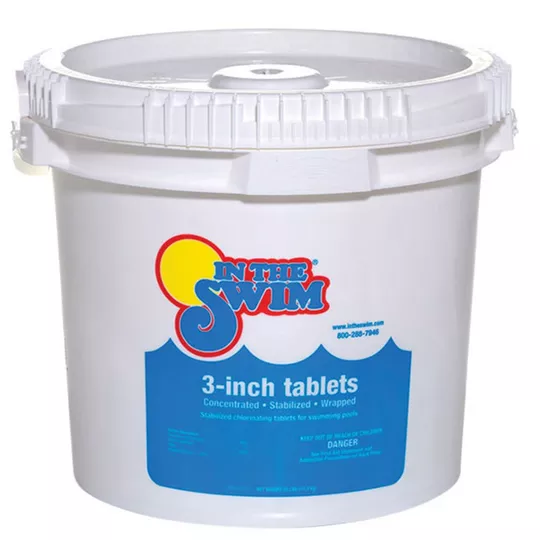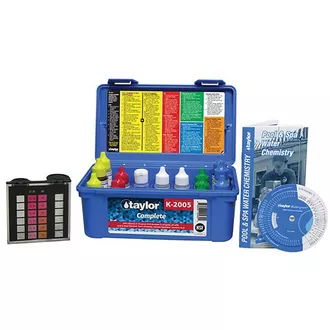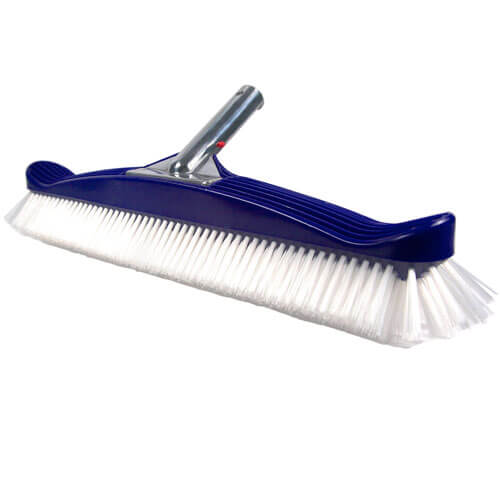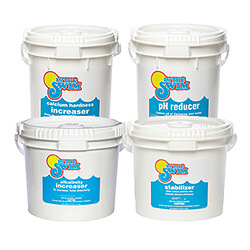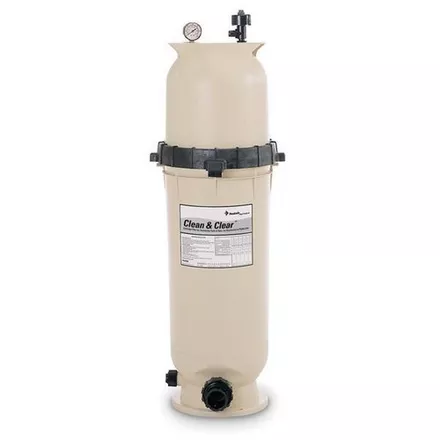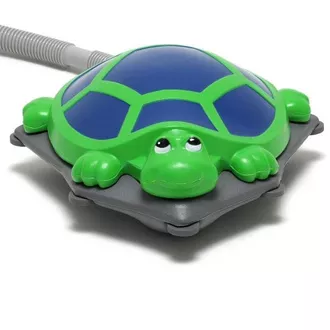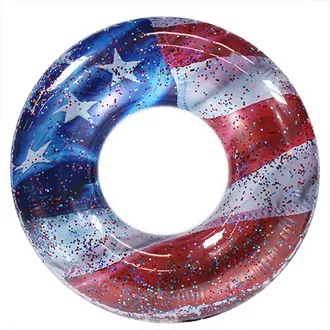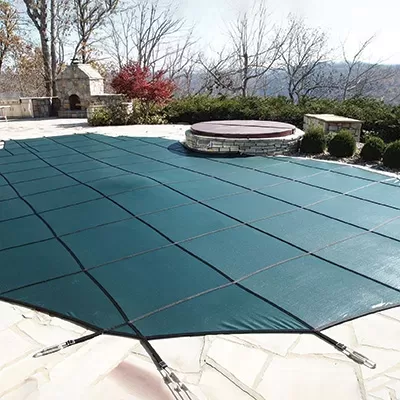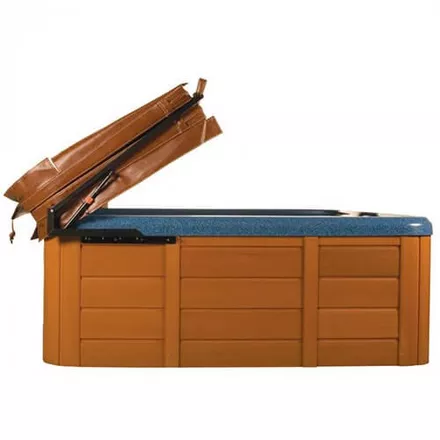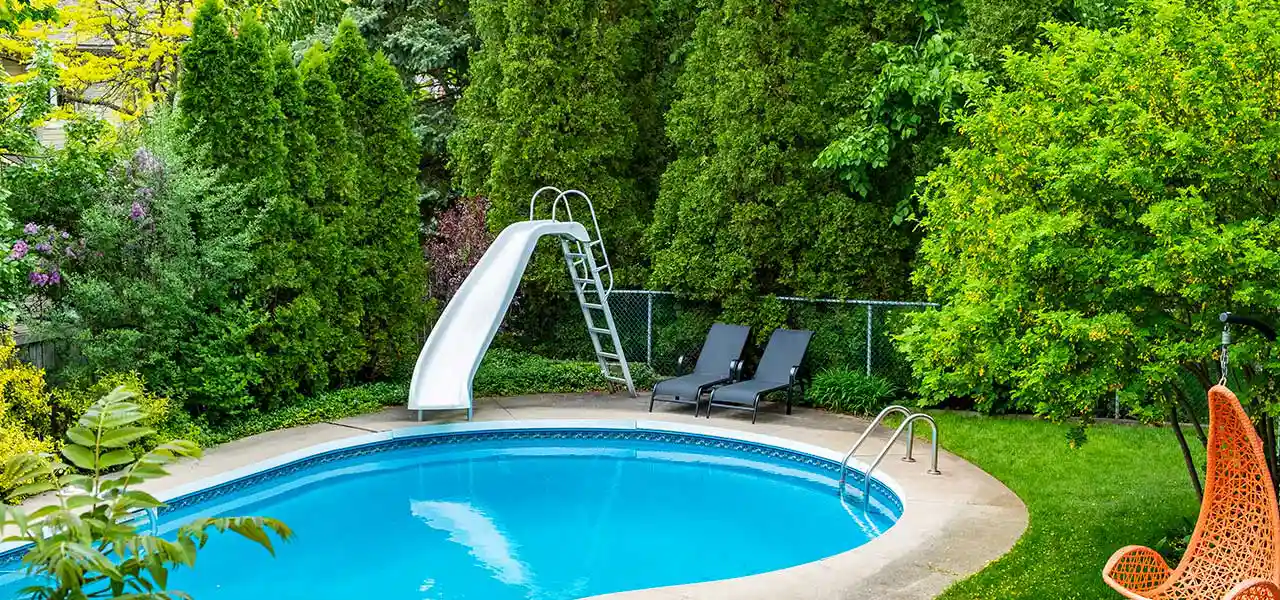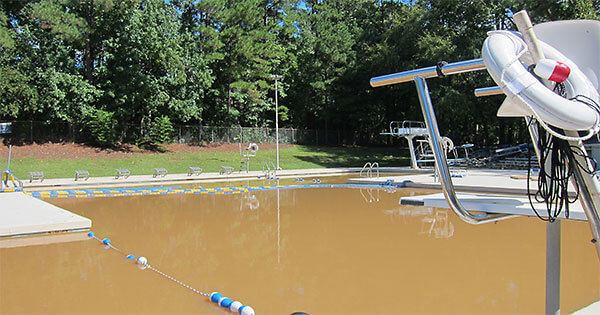
Water runs downhill, as if that was not obvious. When it loses a direct path downhill however, it pools or puddles, also not a new concept to any of my smart readers.
Today’s post is about standing water around the pool, or planters and mulch beds or lawns around the pool which can overflow into the pool during heavy rains, and what you can do about it. How to control or manage the water flow around the pool, to avoid standing water
Why is proper drainage so important? To keep the pool clean and sanitary, you don’t want to allow soils and mulch to flow into the pool. Soils are laden with phosphates, nitrates, microbes and all sorts of microscopic junk that consumes chlorine, alters water balance, and provides a constant source of food for algae growth. Plus, it can stain your beautiful pool surfaces. Puddles on the deck, or in a corner also turn all ugly and black, and create a slip hazard.
OVERFLOWING POOL DECK PLANTERS
This is not so uncommon as you might think. Back in my pool service days, I can think of several pools that would regularly receive heavy mud/mulch slides into the pool, turning it completely black. They weren’t always overflowing planters, but overflowing retaining walls, or pools with adjacent hillsides.
The treatment was to vacuum slowly to waste with our portable pool pump, then balance the water and shock the pool heavily. In cases where the pool filter was overwhelmed, I would use the flocculent Aluminum Sulfate (Alum), to sink everything to the bottom, and then very slowly vacuum to waste, again using our porto-vac. Following clean-up, we would re-balance the pH and Alkalinity, and super shock the pool. After the chlorine drops down, we would then add a phosphate remover (PhosFree) to remove the phosphates and nitrates. If you want to test the pool for phosphates before you dump in a $30 bottle of PhosFree, you can use the $10 AquaChek Phosphate test kit.
Overflowing planters or borders around the pool may not seem like a big deal, and for many people that have small problems they might not even notice it. Many folks have more sense than to go out in a heavy down pour to check on how well the pool deck is draining, but if even a handful of soils wash into your pool every month or so, that’s enough to elevate phosphate levels for a tasty algae buffet.
PROBLEM #1: Part of the problem occurs naturally as plants grow larger and push the soil up. Annual mulching around planter areas compounds the issue, the soil height becomes higher each year, until the mulch literally floats out of the adjacent plant or garden areas, and flows into the pool.
PROBLEM #2: Pool decks can shift and pitch due to hill creep, compaction of soils, or erosion under the deck. New decks are commonly built to slope away from the pool, 1/4″ for every foot, so with a 4′ wide pool deck, the outer edge should be 1″ lower than the inner edge, where it meets the pool.
PROBLEM #3: Deck Drains clog up fairly regularly, especially if you get mulch and soil floating around the pool deck. A Drain King or plumber’s snake can be used to clear out clogged deck drains.
PROBLEM #4: Poor Drainage around the pool. Maybe there are French Drains around the pool, channeling water around the pool, to a lower spot, but these don’t work so well in heavy rains. French drains capture water that has soaked through a gravel bed, into a slotted pipe. But when the ground is already saturated, they aren’t fast enough – because the gravel drainage bed has become clogged, or the drain pipe filled with roots and soils.
PUDDLES ON THE POOL DECK
When rain water and pool water puddles on the pool deck, it can create a hazardous slip and fall situation, plus it discolors the deck leading to hard to remove stains, or regular work to keep the area dry and clean. Slabs that don’t drain properly can often be scored, using a grinder, to create grooves to channel the water to the edge of the deck or to a drain.
PROBLEM #1: When raised planter beds are placed on top of the edge of the pool deck, without a 6″ stretch of gravel in between, the water simply has no place to go and soak in. Often the corners become a trap for the water, and the drain strip has long since clogged up. This is a tough one to fix, without breaking up some concrete, shortening the deck width, or partial retaining wall de/re-construction.
PROBLEM #2: When deck slabs tilt due to frost heave, or erosion or settling, they often tilt away from the drain, or sink lower than the drain, trapping water. Removal and replacement of part or all of the offending slab is the usual solution. In some parts of the country there are ‘slab jacker’ companies, but this may be more costly than replacement, depending on the type of pool deck you have.
PROBLEM #3: When only part of the pool deck is lower than the surrounding areas, this is usually the result of poor placement, either not leveled or troweled properly, or lack of structural rebar in that area. A top coat of cement can be applied to a 1/2″ depth, but it can be difficult to maintain the bond, and will usually flake and spall over time. Scoring the concrete with grooves to channel the water to the edge may be a better solution.
PROBLEM #4: When soils build up at the corners, blocking water flow into drains or areas designed to carry water away from the pool. The buildup of soils, sand and debris often occurs so slowly that it is hard to notice, until it reaches a point where water no longer flows faster than it’s coming in, and puddles. The usual treatment involves a small pick and shovel action, and perhaps gravel replacement in the area.
CORRECTING POOR POOL DECK DRAINAGE
For pool decks that have overflowing planters, lawns or terraced hillsides, spilling into the pool, it can be fixed – but it is often a dirty job. The first part of it is a good analysis of the problem, which is usually easy to spot if you are in the backyard at the time of the over-flow event. Or you can often spot the dirt trails after the event, and figure out where the dirty water is washing in from.
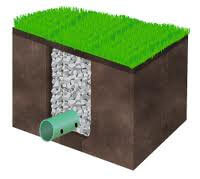
The next step is to either regrade the land, with swales and dirt removal, to reshape the land, or even removing plants and bushes, digging down 6″, and starting over. In some cases the solution is to construct (or reconstruct) French Drains around the pool, which are essentially a 6″ x 18″ deep trench around the pool on the edge of the pool deck, shown in the image right. In the trench lays 1″ of gravel in the bottom, a 4″ or 6″ perforated drain pipe, pitched at a downhill angle to carry water away from the pool, and topped with another 12″ of regular gravel (#57). The water soaks into the gravel and pressure pushes it into the pipe perforations, where the water is carried off, downhill.

Older French Drains around a pool can be come clogged with roots and soil over time, especially if trees are nearby, which are attracted to the ready source of water. In some cases, shoddy pool builders may have not even installed proper drainage pipes around the pool, or used cheap pipes that became easily crushed during backfill. If your pool has a gravel border around the pool deck, simply replacing the 20 yr old gravel may do the trick, dig down to find the pipe, and be sure it’s intact and not damage or filled with roots and soils.
At other times, the issue need not be addressed at the pool, but further up-stream if you will. If the water problem comes from outside the pool area, the simple solution may be to install some storm water management outside of the pool, to keep it from flooding the pool area in the first place. This could include constructing a small swale, installing retaining walls or terraces, or installing 9″ or 12″ drain(s) at ground level (shown left) and connecting a drainage pipe to carry the water around and away from, the pool.
Poor pool deck drainage can be, and should be corrected, for many reasons. Channeling storm run-off is not only important for healthy pool water, but also protects your pool and pool deck from damage (you want to keep the areas under the pool and against the outside of your pool wall dry – moisture behind the walls and under the deck only causes problems.

